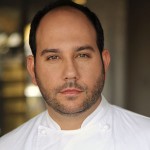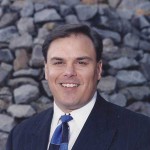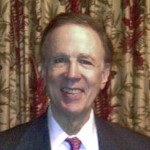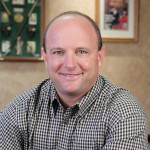Michael Courouleau is an environmental and safety professional with extensive experience in industrial safety.
Q: Dust explosions in grain silos are still a huge danger. What’s the most effective fire suppression method for inside the silo?
Michael Courouleau: A simple sprinkler setup and complete saturation of vessels or silos is still the best firefighting method.
Q: What about dust collector tanks?
Michael Courouleau: They should have systems in place that will isolate hazards, as well as equipment to deploy water or gaseous agents, and explosion venting.
Q: Should there be a different apparatus for motor control centers?
Michael Courouleau: Yes, a Class C electrical fire as you would find in a motor control center should use dry chemical agents for fire control.
Q: Are Halon fire control systems still in use?
Michael Courouleau: No, almost all Halon systems have been replaced by environmentally-friendly fire extinguishing agents.
Q: What has taken its place?
Michael Courouleau: FM 200 has superseded Halon technology, but it carries its own risks; it’s important that MSDS sheets should be on site so that personnel know the hazards of FM 200.
Q: What are the regulations for fire control?
Michael Courouleau: The National Electric Code’s NFPA 70 regulations require that ignition-proof components be used in areas where combustible dusts might be found. Electrical components need to be labeled as Class 2, Division 1 or 2.
Q: What about static electricity?
Michael Courouleau: Yes, natural fiber clothing should be worn so that static electricity won’t be a danger.
Q: Where are dust hazards greatest in this environment?
Michael Courouleau: We see the greatest dust hazards at loading or unloading points, or transfer areas. Plant design and engineering controls can help in minimizing the number of transfer points, and adding liquid mist or sprinklers to help keep dust down.
Q: What is coke dust?
Michael Courouleau: Coke dust can be produced from coal or petroleum processing.
Q: What kinds of safety precautions are used for coke dust?
Michael Courouleau: Devices like slow downs, rub blocks, and pressure systems can help prevent heat or spark sources.
Q: Is coke dust combustible?
Michael Courouleau: The jury is still out on that. Studies have been underway for years to determine the combustibility of coke dust. At present, we’re presuming that it is.
Q: Do plants have a monitoring system for coke dust?
Michael Courouleau: Yes, particulate monitors are used.
Q: How do they work?
Michael Courouleau: They send a signal that triggers a water mist system at belts, motors and other transfer points.
Q: What’s the purpose of the water mist?
Michael Courouleau: Water mist reduces the concentration of airborne dust, eliminating the fuel source.
Q: Are there other options?
Michael Courouleau: Yes, the device can be interlocked with existing equipment to automatically shut down the machinery if the airborne concentration is exceeded, letting the dust settle again. Ventilation is also crucial in these situations.





